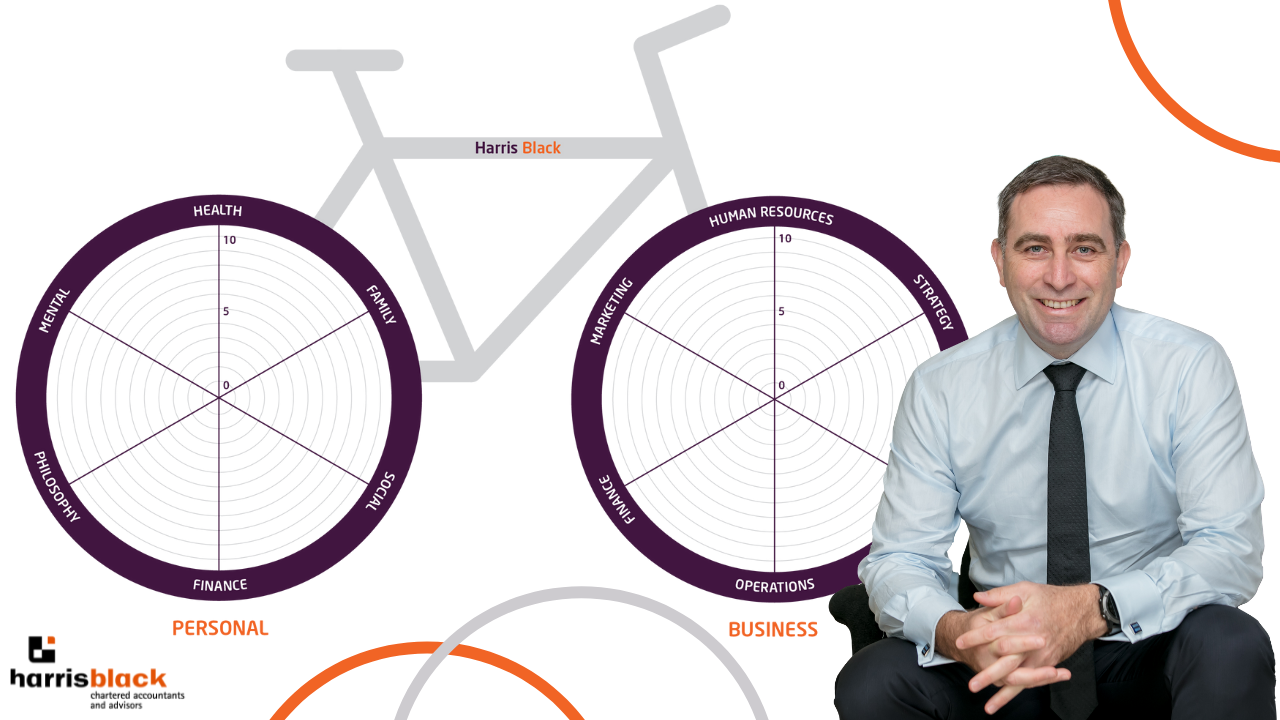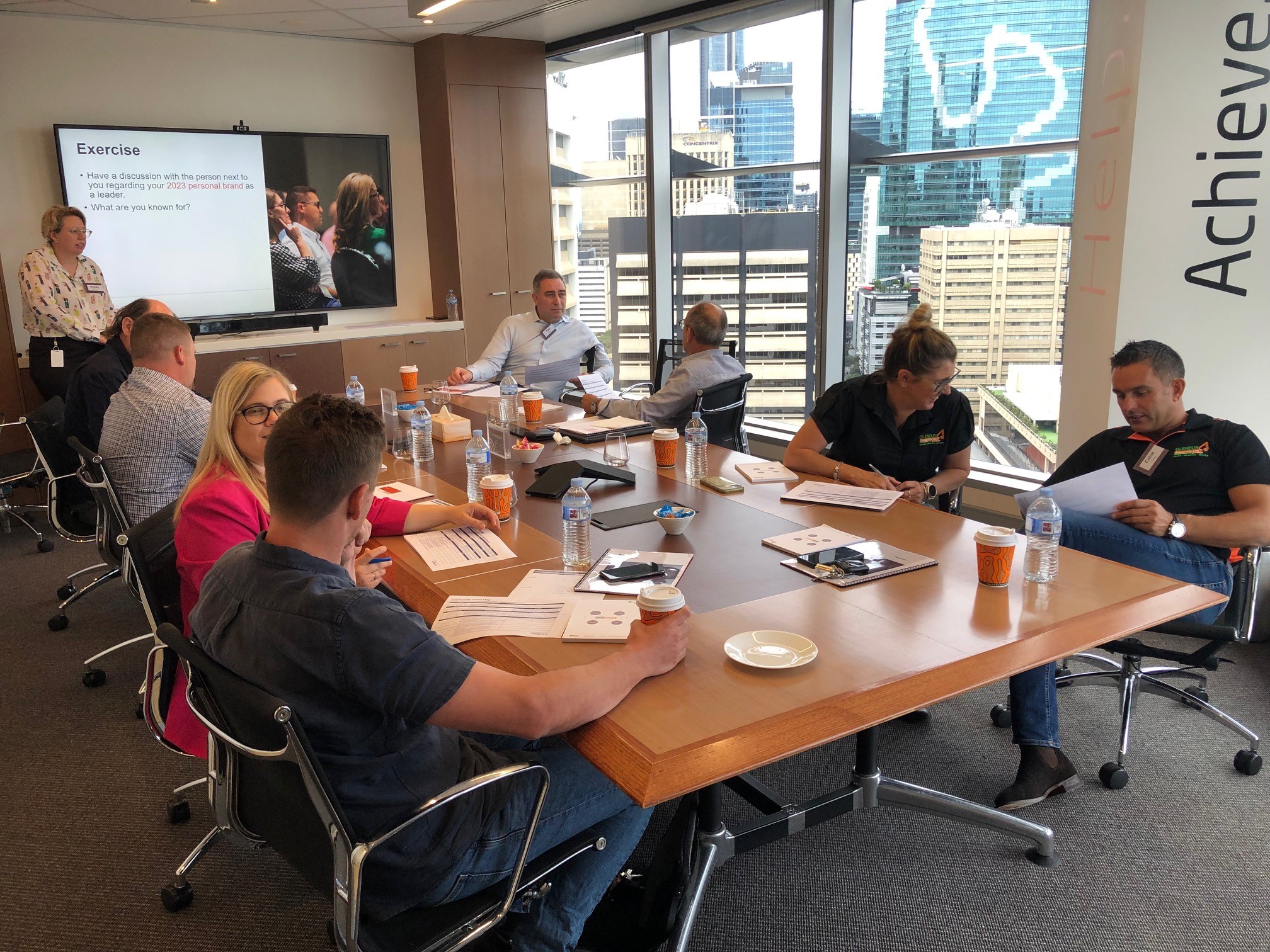| 28 February 2023 |
| Lodge tax return for non-taxable large and medium entities as per the latest year lodged (except individuals). |
| 21 March 2023 |
| Lodge and pay February 2023 monthly business activity statement. |
| 31 March 2023 |
| Lodge tax return for the head company of a consolidated group (excluding large and medium), with a member who had a total income in excess of $2 million in their latest year lodged, unless the return was due earlier. Lodge tax return for companies and super funds with total income of more than $2 million in the latest year lodged (excluding large and medium taxpayers), unless the return was due earlier. Lodge tax return for individuals and trusts whose latest return resulted in a tax liability of $20,000 or more, excluding large and medium trusts. |
| 21 April 2023 |
| Lodge and pay quarter 3, 2022–23 PAYG instalment activity statement for head companies of consolidated groups. Lodge and pay March 2023 monthly business activity statement. |
Author: Harris Black
Bike Of Life
by Paul Whimp
Sometimes we get stuck on the treadmill of being busy, leaving us exhausted and flat as we realise we are not achieving the goals we intrinsically believe in. Whilst achieving a great “life balance” is a well coined concept, how we manage to get this happening can be exhausting.
The Bike Of Life is a great little self-assessment to ascertain where your energy is going and where more attention can be directed.
It’s a Wrap 2023!
As the year draws to a close, Harris Black extends heartfelt gratitude to our valued clients. Together, we navigated the complexities of business, turning challenges into opportunities.
Join us in celebrating the accomplishments of the year that was.
We look forward to another great year ahead.
Christmas Parties, Gifts And FBT
With the festive season quickly creeping up on us we thought it was important to do a recap on the Fringe Benefits Tax (FBT) rules which apply to Christmas parties. When it comes to celebration and generosity, the ATO isn’t nearly as merry as the man in the red suit!
So… Is A Staff Christmas Party Tax Deductible?
It depends… Tax laws regarding gifts to employees and clients can be complex.
Gifts and meals and entertainment provided at the Christmas party may attract Fringe Benefits tax, which is tax applied on benefits provided by companies to employees.
Non-entertainment gifts provided to employees are usually exempt from FBT where the total value is less than $300 (including GST). These include wine, flowers and hampers for example. The business can also claim a tax deduction and any applicable GST credits.
Providing entertainment through meals or at your Christmas party has different tax implications. If the cost for each employee is less than $300 (including GST), FBT is not payable, but no tax deduction or GST credit can be claimed. Examples of entertainment gifts include tickets to the theatre, a movie, sporting event, or gift cards.
A gift and meals/entertainment provided at the Christmas party are viewed as separate benefits for the $300 minor benefits limit, which means employees can have twice the fun without FBT applying.
If you provide an employee with a non-entertainment gift that is more than $300 GST inclusive, FBT may be payable at the rate of 47% on the grossed-up value however a tax deduction and GST credit can still be claimed.
Non-entertainment gifts given to clients and suppliers do not fall within the FBT rules. Generally, a tax deduction and GST credit can be claimed for gifts to clients, provided they are not excessive.
The best tax outcome for your business this Christmas is keeping to the $300 rule and to give staff, customers and suppliers non-entertainment type gifts.
Are All Body Corporate Fees Tax Deductible?
If you plan to purchase an investment property with a body corporate or strata community in place, keep in mind that you will have to pay body corporate fees—these are levies that the body corporate uses to manage and maintain the property. But not all these amounts are immediately deductible.
Body corporate fees are pooled to fund building insurance, common area maintenance, and building works and repairs. The fees you and other owners pay annually form the body corporate budget, distributed between an administrative fund and a sinking fund for capital works. A special-purpose fund may also be created.
There are three main funds that a body corporate use:
– Administrative fund: This is used to cover day-to-day expenses to maintain and manage the body corporate building. This fund is for things such as common water, common insurance, and management of the body corporate itself.
– General purpose sinking fund: This fund is used to cover non-routine expenses such as major repainting or a roof replacement. The fund is done so that unit owners will not be surprised with a one-off expense that may be large.
– Special purpose fund: This is usually a fund with owners making one-off payments for major works or repairs.
What can you claim a tax deduction for?
You generally can claim a deduction for body corporate fees and charges incurred for your rental property, according to the Australian Taxation Office (ATO).
You can claim a deduction if:
The payments are in relation to administrative funds and general-purpose sinking funds, as they are considered payment for the provision of services by the body corporate
However, you cannot claim a deduction if:
The body corporate requires you to make payments to a special purpose fund to pay for capital expenditure, these levies are not deductible and must be treated as capital expenditure.
The body corporate levies a special contribution for major capital expenses to be paid out of the special purpose fund. Payments to cover the cost of capital improvements or repairs of a capital nature are not immediately deductible. However, you may be able to claim a capital works deduction for the cost of capital improvements or repairs of a capital nature once the cost has been charged to the special purpose fund.
Harris Black Business Leaders Forum – November 2022
Leveraging chaos: How to turn emerging 2023 business trends and leadership challenges into opportunities
As 2023 fast approaches, high performing business leaders will need to embrace the paradox of playing offence and defence simultaneously to thrive in a continuing volatile market.
In our recent Business Leaders Forum we looked at ‘Leveraging chaos: How to turn emerging 2023 business trends and leadership challenges into opportunities’.
Discussed on the day:
– Challenging your 2023 team attraction and retention strategies
– How to get 2 hours back into your daily schedule and get rid of to do lists
– How to set your vision for 2023 as a leader
– Emerging trends roundtable – discuss and debate key emerging trends impacting your industry, leaders, and business.
Overall, it was an impactful forum with attendees walking away with clarity on practical ways they can stress test their plans and approaches to execution for the year ahead.
If you are interested in joining our practical and high-value learning sessions, we would like to invite you to join us at our next Business Leaders Forum on Thursday 2nd March 2023. Please refer to your Harris Black team member for details.








